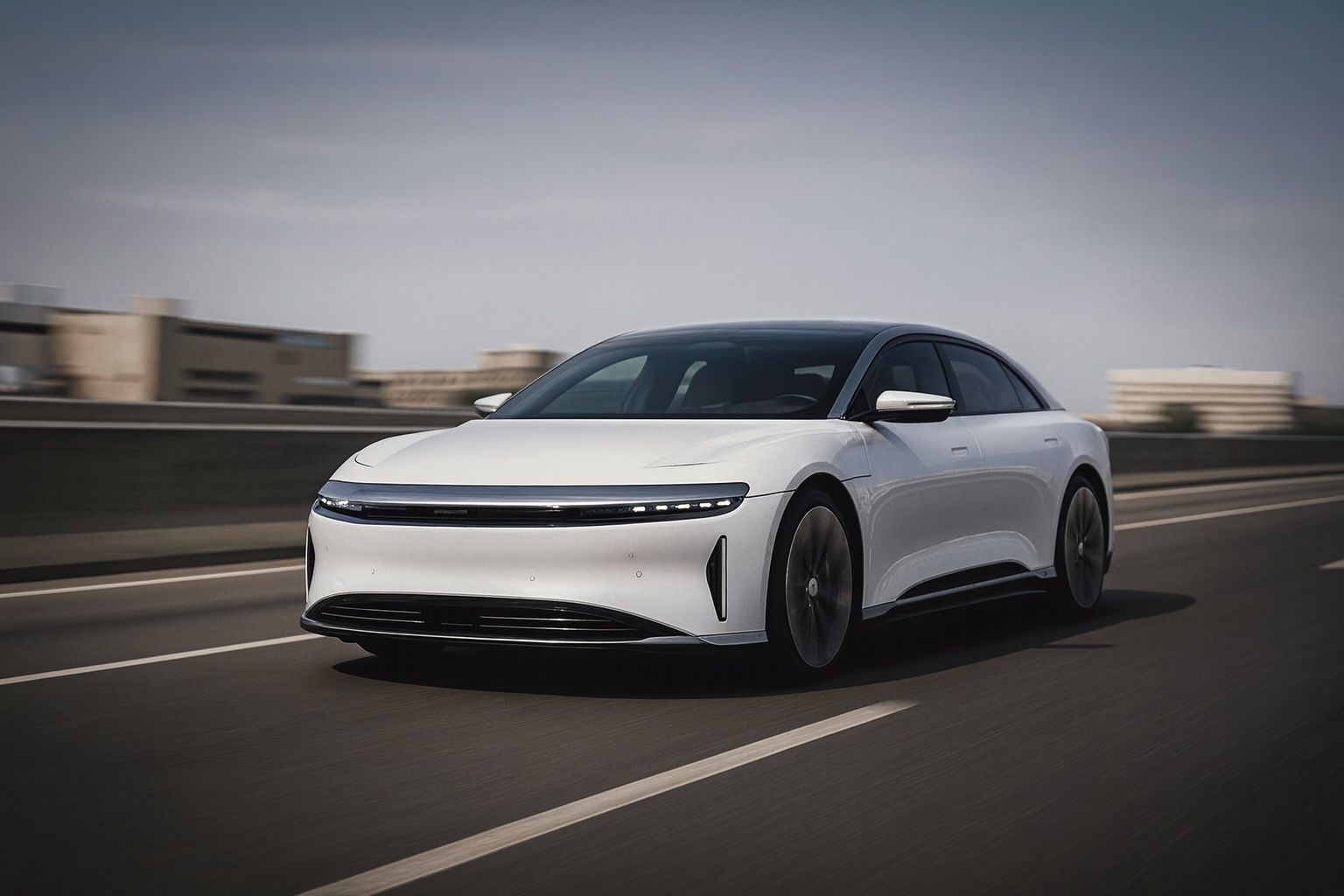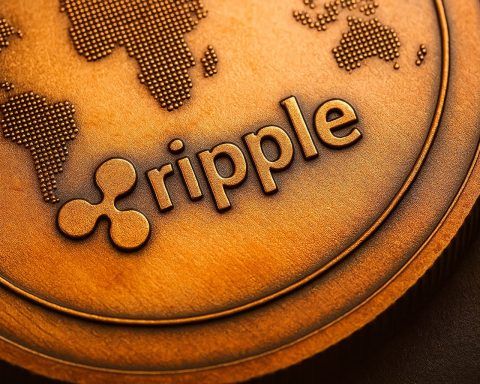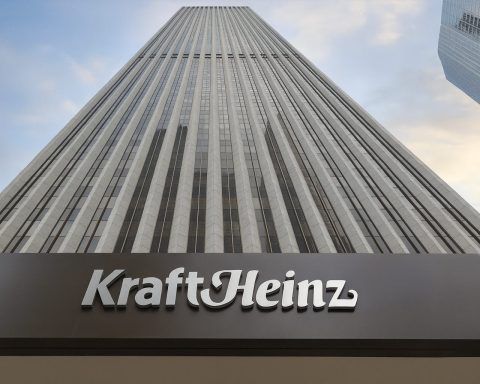- LCID stock price (Oct. 28, 2025): Lucid Group shares traded around $18.60 by midday, up about 2–3% on the day [1] after sliding to $18.10 (-2.06%) in the prior session [2]. The stock has oscillated this week, underperforming the rising broader market on Monday but rebounding on Tuesday.
- Record Q3 deliveries, but guidance trimmed: Lucid delivered 4,078 vehicles in Q3 2025, a ~47% year-over-year jump, though slightly below analyst consensus of ~4,286 [3]. The company narrowed its full-year production forecast to 18,000–20,000 vehicles, down from 20k, implying a need for record Q4 output [4]. This caution sparked an ~8% post-announcement drop (to ~$22) earlier in October [5].
- Upcoming earnings (Nov. 5): Lucid will report Q3 financial results on November 5, with Wall Street expecting a net loss around $2.29 per share on ~$380 million revenue [6]. That EPS would be a ~43% smaller loss than a year ago, reflecting delivery growth. Investors will watch if Lucid beats these estimates (its “Earnings ESP” is a modest +0.7% ahead of the report [7]) and whether it updates 2025 targets.
- Saudi backing and expansion: Saudi Arabia’s Public Investment Fund (PIF) now owns ~58.4% of Lucid [8] after providing over $8 billion in funding. In Q3, 1,000+ Lucid vehicles built in Arizona were shipped to Lucid’s new Jeddah plant for final assembly, part of Saudi’s plan to localize EV production [9]. The Saudi government has also committed to buying up to 100,000 Lucid EVs over 10 years, bolstering Lucid’s long-term demand.
- Partnerships and new markets: Lucid is forging strategic deals and expanding its reach. In a headline partnership, Uber invested $300 million in Lucid and agreed to purchase 20,000 of Lucid’s upcoming Gravity SUVs (with Nuro’s Level 4 autonomous tech) for a robotaxi fleet starting in 2026 [10]. Lucid also began delivering the Gravity SUV in Canada this month, its first international deliveries [11], and opened new sales/service centers in California to grow its U.S. footprint. To boost brand awareness, Lucid even tapped NBA stars Jalen Brunson and Josh Hart in a marketing collaboration [12], blending EV innovation with pop culture.
- Executive shake-up: Leadership has evolved in 2025 – co-founder Peter Rawlinson stepped down as CEO in February, transitioning to an advisory role. COO Marc Winterhoff now serves as Interim CEO, tasked with steering Lucid’s ramp-up and cost reduction efforts [13] [14]. A new CFO, Taoufiq Boussaid, also came aboard in Q1 [15]. These changes underscore a focus on execution as Lucid scales production of the Gravity and develops a mid-size EV platform (targeting ~$50k price) for 2026 [16].
- Analyst commentary and outlook:Analysts remain divided on Lucid’s prospects. The average 12-month price target is ~$25 (≈35% above current levels), but targets span from as low as $10 to as high as $73.50 [17] – a huge discrepancy reflecting bulls’ and bears’ split views. Some analysts laud Lucid’s technology and Saudi backing, while others flag its steep losses and cash burn. Notably, Weiss Ratings recently assigned Lucid a D- (“Sell”) grade [18], citing fundamental concerns. A Motley Fool analysis cautioned that “this luxury EV maker still has a lot to prove” before it justifies a buy below $23 [19]. On the bullish side, optimists point to Lucid’s record growth – deliveries up 46% – and strategic partnerships as signs of long-term potential.
- Competitive landscape & EV market trends: Lucid operates in a fiercely competitive EV arena dominated by Tesla and crowded with startups like Rivian and Fisker. Rivian, for example, delivered 13,201 vehicles in Q3 2025 (3× Lucid’s volume) [20] and, like Lucid, it slightly trimmed its 2025 delivery guidance (~41.5k–43.5k units) amid industry headwinds [21]. Tesla, while far larger (435,000+ Q3 deliveries), has been slashing prices to stoke demand – a strategy that crimped its margins and led to a “disappointing” profit plunge in Q3 that rattled EV investors [22]. Meanwhile, Fisker is ramping up its Ocean SUV deliveries in the lower-priced segment, adding pressure at the entry-luxury end of the market. Sector-wide, there are emerging signs of EV demand softening after early adopter phases. Reuters notes that Lucid and its rivals “are bracing for a sharp drop in sales in [Q4] without the $7,500 [tax credit]” that expired in the U.S. last month [23]. In fact, some experts warn that EV demand “may soon fall off a cliff” heading into 2026 [24] if economic conditions tighten and incentives wane. Such macro trends could temper Lucid’s growth narrative in the near term.
The Road Ahead for Lucid (Q4 2025 – 2026)
Looking forward, Lucid’s Q4 execution and 2026 outlook will be critical. The company must prove it can convert its growing order book – including the Saudi government fleet orders and Uber robotaxi deal – into scalable production without draining its ~$4–5 billion cash reserve. Interim CEO Winterhoff has emphasized “aggressively reducing costs” and improving manufacturing efficiency [25], as Lucid aims for profitability in the coming years. Achieving the low end of its 18k delivery guidance this year will require more than 8,000 vehicles in Q4, over double any prior quarter’s output [26] – a steep challenge even with a second shift now online.
On November 5, investors will dissect Lucid’s Q3 earnings call for clues on reservation trends, production ramp progress, and 2026 targets. Key metrics to watch include its revenue (expected to jump significantly on the Q3 delivery surge [27]) and cash burn rate. Any update on the forthcoming mid-size EV model (due ~2026) could also sway sentiment, since a ~$50k offering would broaden Lucid’s addressable market beyond the ultra-luxury segment [28]. Additionally, commentary on the competitive environment – e.g. Tesla’s price war and Rivian’s growth – will provide context on how Lucid plans to carve out market share.
Bottom line: Lucid Motors’ stock is at a crossroads. The company is making tangible strides – record deliveries, new models and markets, strong backing from Saudi Arabia – yet investors remain cautious amid hefty losses and industry uncertainties. In the near term, news catalysts like the Q3 earnings results, any updated guidance for 2025 deliveries, or fresh partnerships could drive volatility in LCID shares. Longer-term, much of Lucid’s fate (and its stock price in 2026 and beyond) hinges on execution: scaling production efficiently, stimulating sustained demand (especially post tax-credit), and managing its finances. With analysts starkly split on Lucid’s trajectory, Q4 2025 will be an important proving ground for whether this EV upstart can start closing the gap with expectations – or if skepticism will continue to cloud its valuation going into 2026.
Sources: Lucid Group investor news [29] [30]; Reuters [31] [32]; Zacks/Yahoo Finance [33] [34]; TechStock² (ts2.tech) [35] [36]; Fintel analyst data [37]; MarketBeat/Yahoo Finance news feed [38] [39]; Rivian and sector delivery reports [40]; Motley Fool analysis [41].
References
1. markets.financialcontent.com, 2. www.zacks.com, 3. www.reuters.com, 4. ts2.tech, 5. ts2.tech, 6. ts2.tech, 7. finance.yahoo.com, 8. ts2.tech, 9. ts2.tech, 10. ts2.tech, 11. www.marketbeat.com, 12. markets.financialcontent.com, 13. www.wardsauto.com, 14. www.wardsauto.com, 15. www.wardsauto.com, 16. ts2.tech, 17. fintel.io, 18. www.marketbeat.com, 19. markets.financialcontent.com, 20. finance.yahoo.com, 21. www.electrive.com, 22. markets.financialcontent.com, 23. www.reuters.com, 24. markets.financialcontent.com, 25. www.wardsauto.com, 26. ts2.tech, 27. ts2.tech, 28. ts2.tech, 29. www.wardsauto.com, 30. www.wardsauto.com, 31. www.reuters.com, 32. www.reuters.com, 33. www.zacks.com, 34. finance.yahoo.com, 35. ts2.tech, 36. ts2.tech, 37. fintel.io, 38. markets.financialcontent.com, 39. markets.financialcontent.com, 40. finance.yahoo.com, 41. markets.financialcontent.com










